It’s no secret that dogs need more than just food and sleep to thrive. But how much daily play and stimulation do they really need?
Most pet owners know their dog needs exercise. However, modern dogs, especially those in apartments or cities, need more than just a daily walk or playtime. Dogs have important social, physical, and mental needs. When these needs are met regularly, their behavior, health, and happiness improve in way you can't imagine.
Let's look at how much daily entertainment dogs need. We will explore the types that matter most. We will also discuss how to create a routine that works for both dogs and their owners.

What the Experts Say About Entertainment Time
While every dog is different, most experts agree that dogs benefit from one to two hours of focused interaction each day. This can include walks, play, training, and other forms of structured engagement. Some high-energy breeds may need more, while seniors or low-energy dogs might be content with less.
Veterinarians and trainers emphasize that quality matters as much as quantity. A 15-minute training session that is mentally stimulating can be more effective than an hour of distraction. A short interactive toy session can also be very helpful.
The main goal is to balance exercise, mental work, and emotional connections. This should fit into a routine that works for your life.
The Different Ways Dogs Need to Be Entertained
Moving Their Bodies: Physical Activity
At the core of any routine is movement. Daily walks, runs, or play sessions in the yard or park are essential for burning off energy and supporting a dog’s health. Tug games, fetch, and short training walks can offer both exercise and bonding time.
Outdoor games also give dogs a chance to explore, smell, and satisfy their natural curiosity, which is more mentally fulfilling than it may look at first glance.

Working Their Minds: Mental Stimulation
Mental stimulation is just as important as physical activity. Dogs love to solve problems, sniff out scents, and explore with their senses. Sniffing games, puzzle feeders, and sensory toys give their brains a workout, especially for indoor dogs.
Scent-based play taps into their strongest instinct, while toys that squeak or move add sound and visual interest. These short moments of focused play help reduce boredom and stress. They are easier to fit into your day than you think.
Feeling Connected: Social and Emotional Interaction
Dogs are social creatures. They need to feel connected to their people and, in many cases, other dogs. This doesn’t always mean they need constant attention, but they do need daily moments of emotional companionship. Even if it’s just a calm sit together, eye contact, or a short session of praise and petting.
Simple as it seems, this emotional layer makes everything else work better.
The Role of Interactive Toys in Daily Enrichment

Making Playtime Count
Not every pet parent has hours of free time to dedicate to dog entertainment, and that’s where interactive dog toys make a real difference.
These toys do more than entertain. They provide movement, mental work, and even problem-solving, especially the kinds that roll, bounce, react, or dispense treats. For dogs left alone during part of the day, these toys offer a valuable outlet for curiosity and energy.
Interactive toys can also turn solo time into a meaningful activity. This helps dogs stay active and stimulated, even without a person actively playing with them.
Freeing Up Time Without Guilt
We all want to give our dogs the world, but there are meetings, errands, kids, and life in between. A well-chosen automatic dog toy can give your dog something to do while you get things done. The key is rotation — not leaving the same toy out every day but using a few different options throughout the week.
This approach supports a balanced enrichment routine and gives pet parents peace of mind that their dogs aren’t just waiting for attention. They’re already getting it through toys designed with their instincts in mind.
Choosing the Right Toy for Your Dog
Puppies might need soft, easy-to-chase toys. Adult dogs with a lot of energy may enjoy a ball that rolls in unexpected ways. They might also like toys that encourage them to hunt. Older dogs or low-energy breeds may prefer interactive puzzle toys that challenge the mind without too much physical strain.
The key is matching your dog’s play style and energy level with the right toy category. This makes the toy more likely to hold their attention — and makes your investment count.
How to Build a Daily Entertainment Plan That Works
Breaking It Into Chunks
Instead of finding two full hours, try breaking playtime into short, easy blocks during the day. Ten minutes in the morning, twenty minutes mid-day, another short session in the evening — it adds up quickly.
This approach keeps your dog engaged without overwhelming your schedule.
Mixing Up the Environment
Combining indoor and outdoor play, active games with quieter training, or puzzle time, helps avoid overstimulation or boredom. Some dogs thrive on routine, while others like variety. You’ll learn what your dog responds to best.
And remember, a rainy day doesn’t mean entertainment has to stop. A snuffle mat, a short training session, or a motion-activated toy can turn indoor time into enrichment time.

Sharing the Load
If you live with family or roommates, divide the time. One person does the morning walk. Another handles evening fetch. It doesn’t have to be complicated, just coordinated. Even short, focused attention from different people can help meet your dog’s social needs.
What Happens When It’s Too Little or Too Much?
Signs Your Dog Needs More
Some of the most common signs your dog isn’t getting enough stimulation include:
- Chewing things they shouldn’t
- Restlessness or pacing
- Whining for attention
- Digging, barking, or trying to escape
These are often signs of bored dogs. Owners may wrongly think their dogs have health problems instead of just being understimulated. Adding structured play, training, or even a stimulating toy to their day often reduces these behaviors.
Signs It Might Be Too Much
On the flip side, dogs can also burn out. Look for signs like:
- Irritability during play
- Disinterest in toys or interaction
- Sleeping much more than usual
- Pulling away when you try to engage
If you see this, it might mean your dog needs more rest or a calmer pace. Especially with older or sensitive dogs, play with them gently or for shorter periods to balance the rest.
In Conclusion
There’s no one-size-fits-all answer for how much time to spend entertaining your dog. But most dogs thrive on one to two hours of structured, thoughtful engagement each day, which is a mix of physical activity, mental challenge, and connection.
Use walks, training, social moments, and smart tools like interactive dog toys to build a routine that works for your dog’s energy and personality. Pay attention to how they respond and be willing to adjust over time.
At the heart of it, entertainment isn’t just about keeping your dog busy. It’s about improving their life and deepening the bond you share every single day.


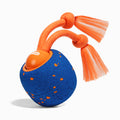
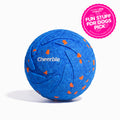

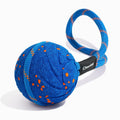




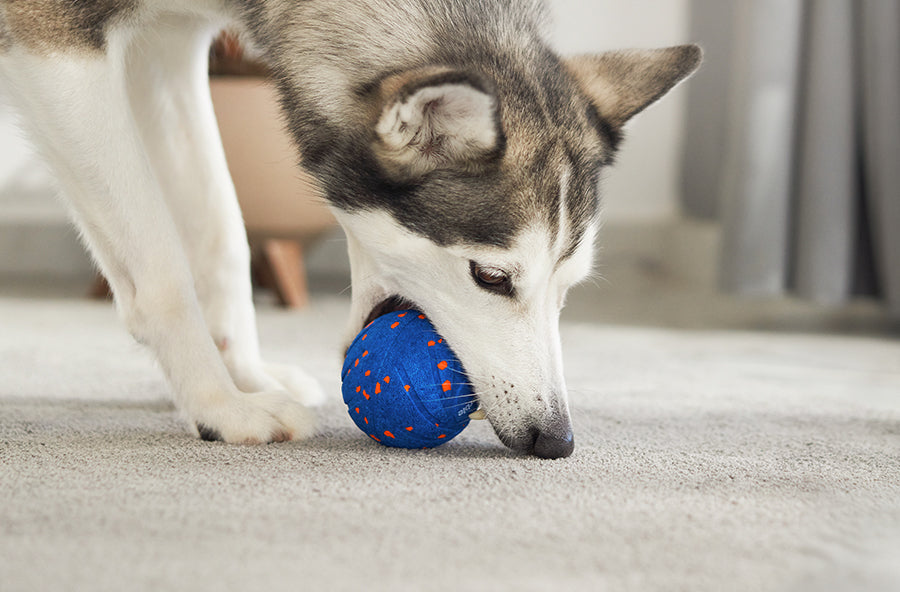





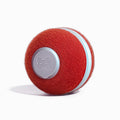



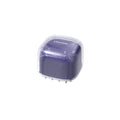
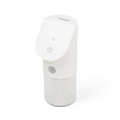
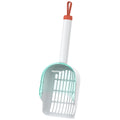

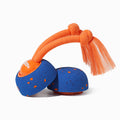






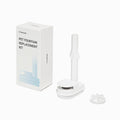

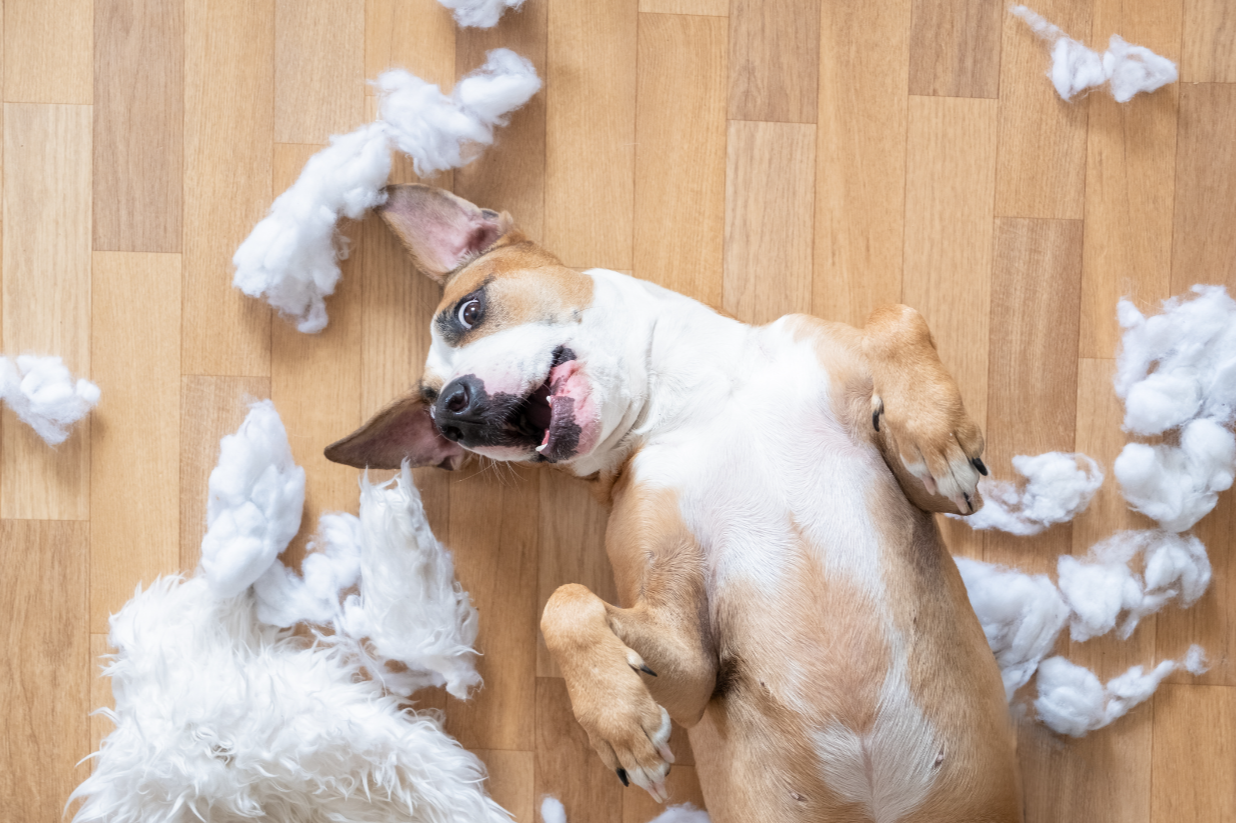
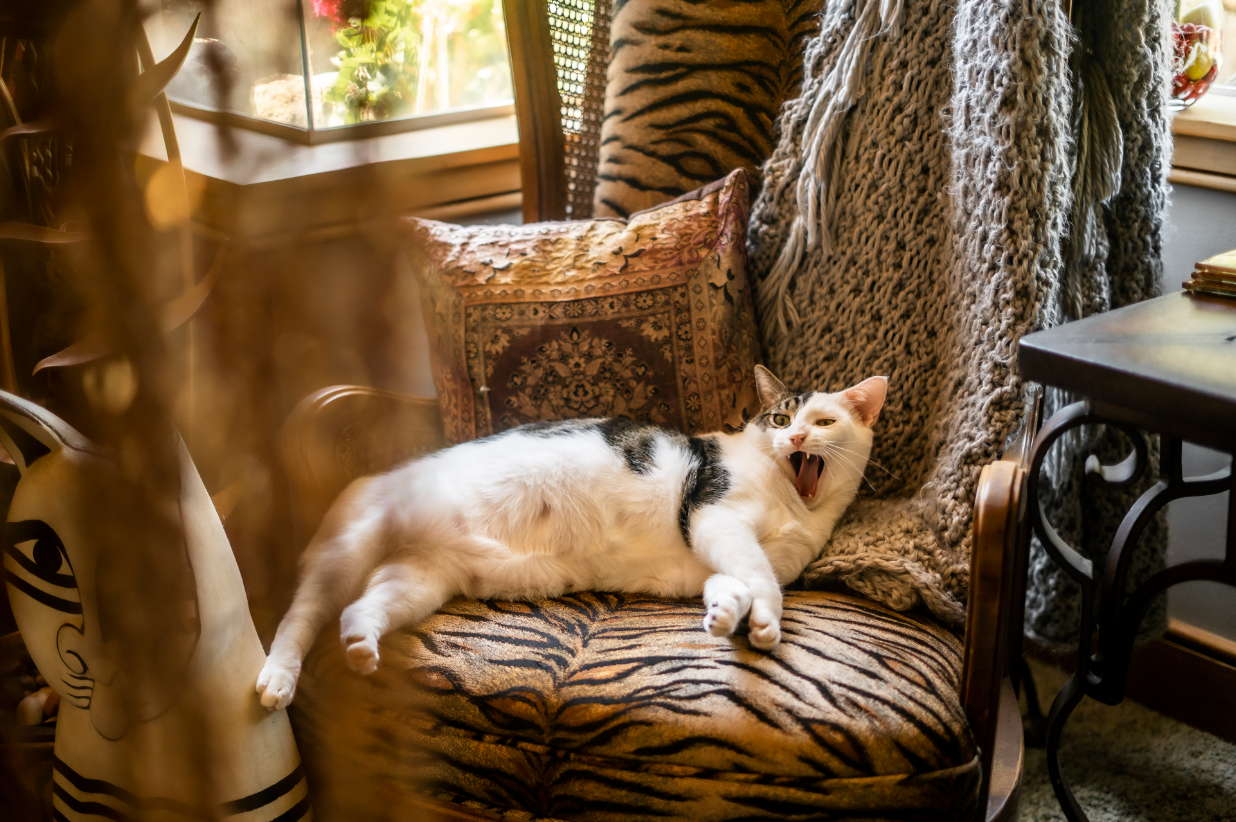
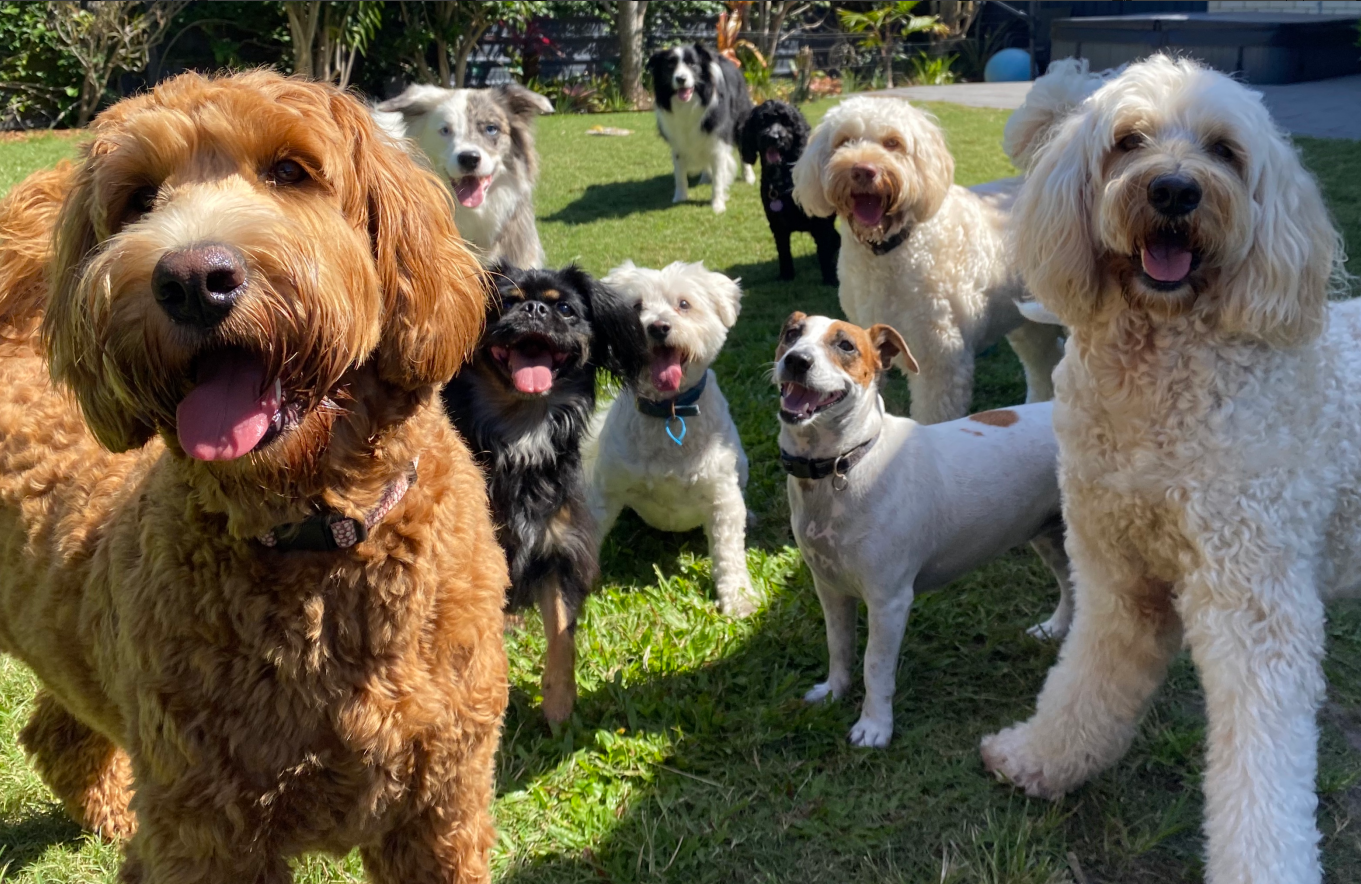
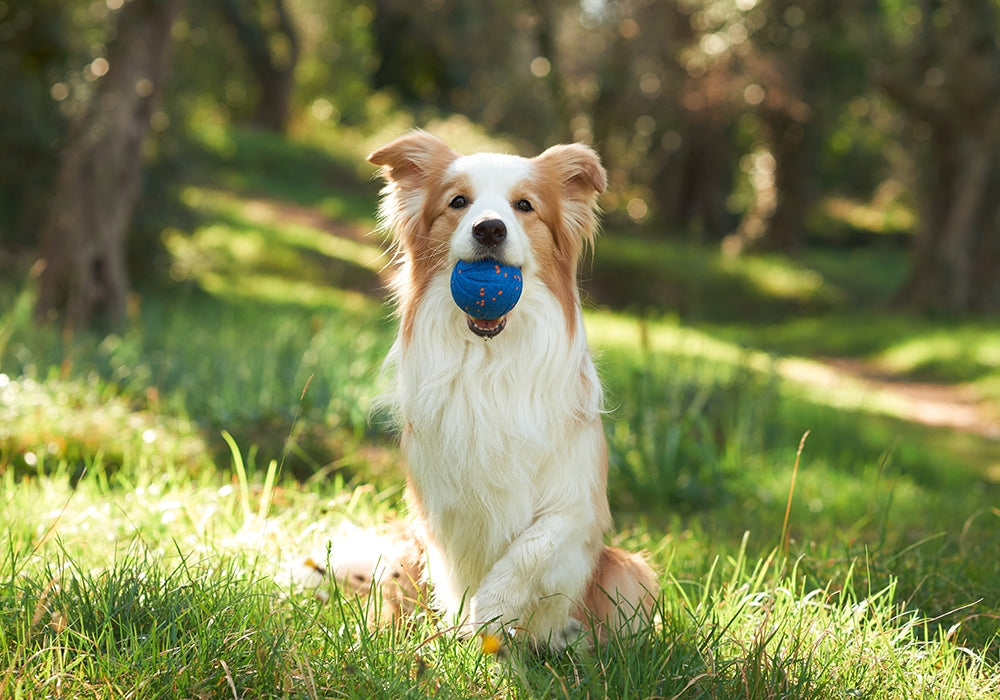
Leave a comment
All comments are moderated before being published.
This site is protected by hCaptcha and the hCaptcha Privacy Policy and Terms of Service apply.